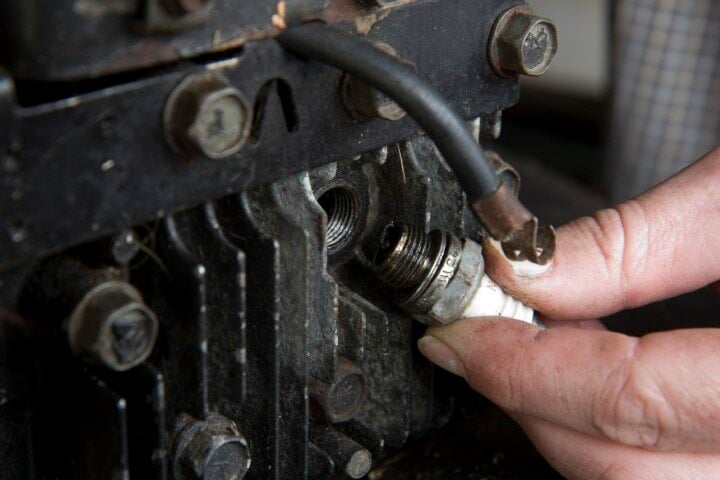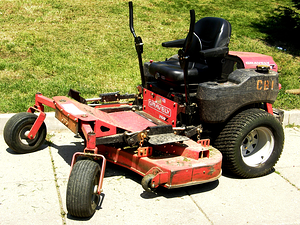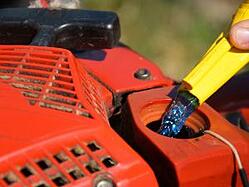The Best Gas for Small Engines? Just like butter - Fresh Is Best
What's the best gas for small engines? Are there different kinds of gasoline recommended for small engine use? Sadly (depending on how you look at...
2 min read
Erik Bjornstad : Sep 4 2014

 It's now four or five years on from the widespread infiltration of E10 into our fuel supply across the country. Now we're at the point where we're seeing the small engine marker be inundated with new "additives for ethanol". Why are all of these gas additives for small engines suddenly appearing?
It's now four or five years on from the widespread infiltration of E10 into our fuel supply across the country. Now we're at the point where we're seeing the small engine marker be inundated with new "additives for ethanol". Why are all of these gas additives for small engines suddenly appearing?
Because the market is creating a demand for then. And by the market, we mean consumers. Consumers pay attention to what they see, what they hear on the news and from their friends. So it's taken a few years for enough consumers to make enough noise that manufacturers start paying attention. The funny thing about how this industry works is that, while it may take a while for the flywheel of action to starting turning, once it does, everyone jumps on for the ride.
There are some on the pro-ethanol sides who write off consumer demand as just so much consumer ignorance being combined with a reaction to scare tactics about the effects of ethanol fuel. But consider the engine manufacturers themselves. Prominant small engine manufacturers like Briggs & Stratton and Honda have taken positions on the issue and made recommendations for consumers who buy their equipment.
A sampling of their comments directives to consumers include:
Whether putting your lawn mower or snow blower away at the end of the season or letting some time pass between uses, curbing your fuel’s degradation and protecting the your engine is crucial.
Do not use gasoline containing more than 10% ethanol in your lawn mower. Gasoline containing higher levels of ethanol is corrosive and attracts water, which can cause starting or running problems or, in some cases, damage to your lawn mower’s fuel system.
Store your gasoline in a clean, plastic, sealed container approved for fuel storage. Close the vent (if equipped) when not in use and store the container away from direct sunlight. If it takes more than 3 months to consume the fuel in the container, we suggest adding a fuel stabilizer to the fuel when you fill the container.
A clean, plastic container approved for fuel storage will help prevent rust and metallic contaminants from entering the fuel system. Gasoline will deteriorate faster when exposed to air and sunlight.
Ethanol-blended gas is especially prone to deterioration, leading to rust in the fuel tank, corrosion, gum build-up, and even severe engine damage. This is reflected in performance, yielding starting issues and rough running.
Use a fuel stabilizer that controls water, and run the engine for a few minutes to circulate the solution through the carburetor.
So the people who make the equipment are telling the people who buy it, that the ethanol fuels are going to cause trouble. Moreover, they confirm that there are solutions available that work well enough for the manufacturers themselves to recommend using them.
What's the best gas for small engines? Are there different kinds of gasoline recommended for small engine use? Sadly (depending on how you look at...

Many kinds of motorcycles, scooters, ATVs, and go-karts have something in common with lawn mowers, generators and many other smaller machines –...
Today most gas sold at the pump has ethanol in it. Gasoline called E10 has up to 10 percent ethanol and E15 gas called E15 has up to 15 percent...